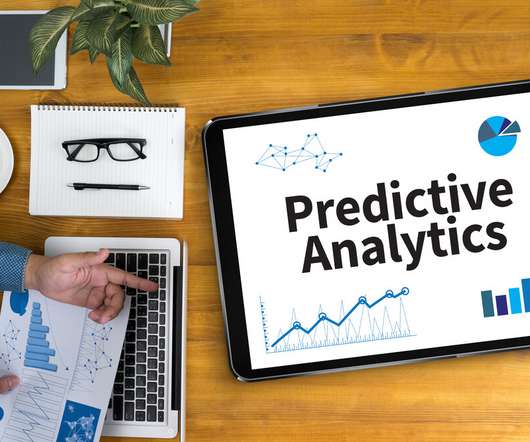Predictive Analytics: 4 Primary Aspects of Predictive Analytics
Smart Data Collective
SEPTEMBER 16, 2020
Predictive analytics, sometimes referred to as big data analytics, relies on aspects of data mining as well as algorithms to develop predictive models. Without big data in predictive analytics, these descriptive models can’t offer a competitive advantage or negotiate future outcomes.














Let's personalize your content